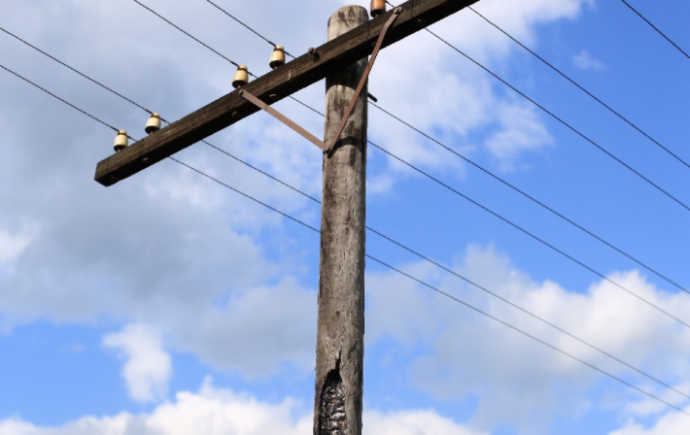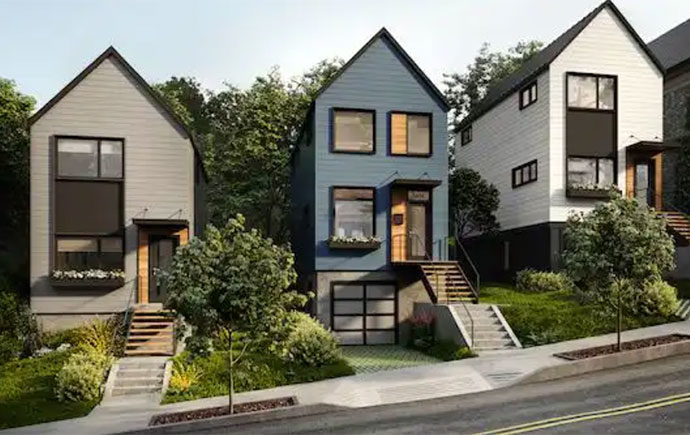



While Access to affordable, quality housing can be a challenge, collaborations can be leveraged to address housing needs in specific locations.
Access to affordable, quality housing is a challenge for many cities and towns, large and small, across the United States. While these challenges are deep and systemic in many areas, collaborations among builders, municipal leaders, product manufacturers, and nonprofits can be leveraged to address housing needs in specific locations.
For example, in Pittsburgh, DuPont is teaming up with Module, a local modular design and development company, to help build affordable, turnkey housing, adaptable to resident needs. These modular homes, designed with feedback from occupants, are made from durable, quality materials and available at a range of prices, including options catering to buyers earning 80 percent or less of a neighborhood’s average income.
Cities can benefit, not only financially, but also in terms of enhancing resiliency, from projects and initiatives that seek to reduce and mitigate hazard impacts before they occur. Some tools and resources include:
A National Institute of Building Sciences (NIBS) Study highlights significant savings that can result from implementing hazard mitigation strategies in terms of safety, and the prevention of property loss and disruption of day-to-day life. The NIBS project team looked at the benefits of designing buildings to meet the 2018 International Residential Code and 2018 International Building Code, model building codes developed by the International Code Council (ICC), compared to the prior generation of codes. The team found a national benefit of $11 for every $1 invested.
FEMA’s Building Resilient Infrastructure and Communities (BRIC) initiative supports states, communities, tribes, and territories as they undertake hazard mitigation projects, to help reduce the risks from natural disasters and other hazards. The BRIC program aims to shift the federal focus away from reactive disaster spending and toward research-supported, proactive investment in community resilience.
The Alliance for National & Community Resilience Community Resilience Benchmarks™ (CRBM) system helps communities build resilience by providing tools to identify and address the shocks and stresses that can impact homes and businesses.

